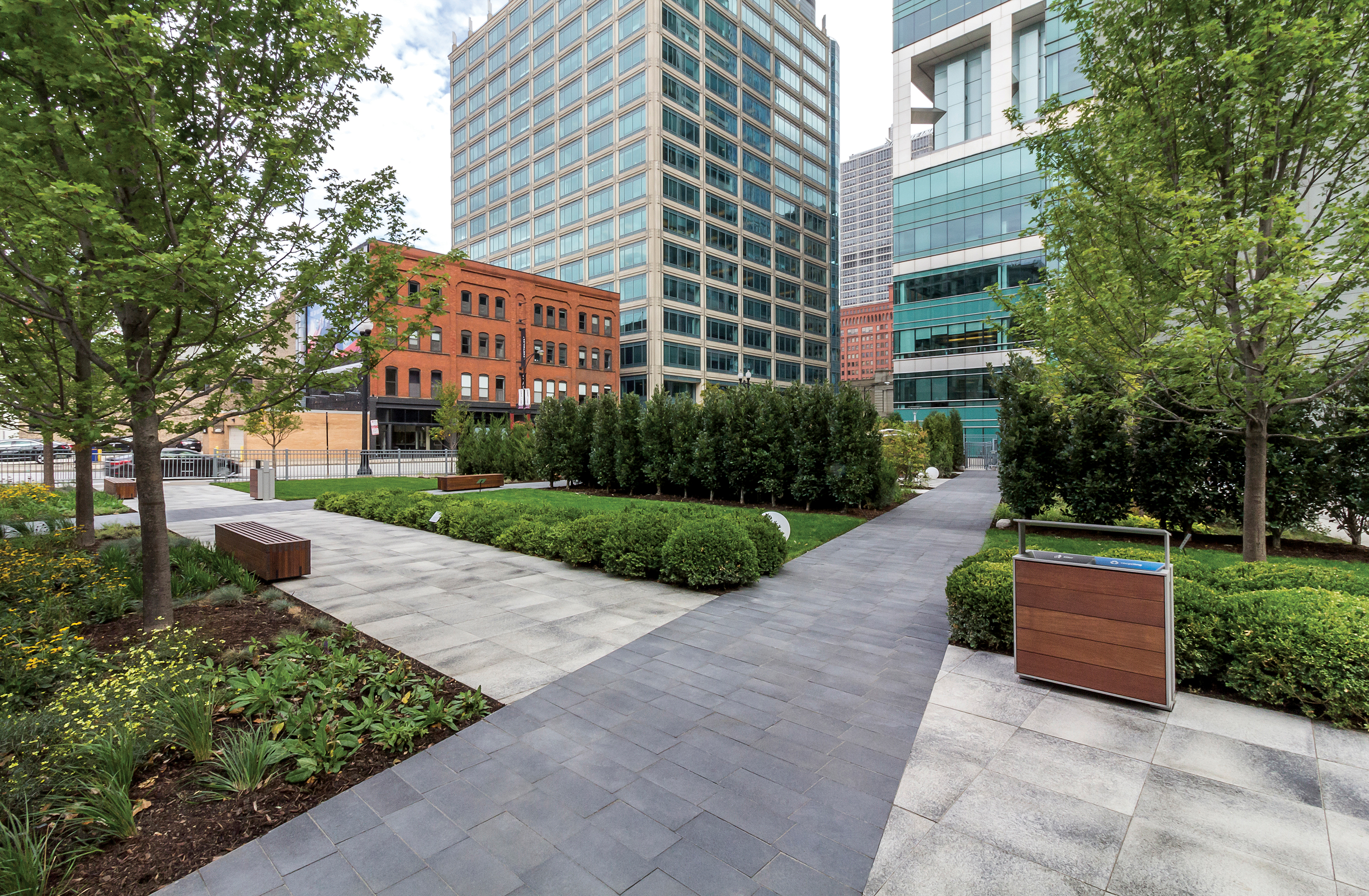Climate Positive Benefits of Concrete in Design
Learning Objectives:
- Identify the key steps in the process of concrete manufacturing to better understand where the carbon hot spots reside and some of the latest innovations in the marketplace.
- Identify tangible types of Climate-Positive Design, in large- and small-scale planning scenarios as well as systems within those design that help to deliver NetZero.
- Describe the beneficial environmental impacts of permeable pavers on water quality, groundwater sources and sewer systems and their contribution to the reduction of greenhouse gasses.
- List the benefits of real product case studies that delivered tangible results to the community and the environment and identify scenarios in which ICPs and SRWs can be used in place of poured concrete to reduce the embodied carbon value.
Credits:
This course is approved as a Structured Course
This course can be self-reported to the AANB, as per their CE Guidelines
Approved for structured learning
Approved for Core Learning
This course can be self-reported to the NLAA
Course may qualify for Learning Hours with NWTAA
Course eligible for OAA Learning Hours
This course is approved as a core course
This course can be self-reported for Learning Units to the Architectural Institute of British Columbia
This presentation will lay the foundation of Embodied Carbon measurement and where concrete fits in the grand scheme of building material choices. Find out the characteristics that currently contribute and sequester carbon in today’s concrete while exploring some of the latest innovations. Designing for the landscape realm, we have the opportunity to not just have more informed product choices but also understand how those products can contribute to a climate-positive design through the system in which they are designed. We will explore key tactics and relevant case studies in North America that deliver positive results. Lastly, we will discuss key attributes of Interlocking Concrete Pavers (ICPs) and Segmental Retaining Wall Systems (SRWs) that will help you design to NetZero project goals.

Photo courtesy of Unilock

|
Elaine Willis began her career at Unilock over 25 years ago. Starting in sales, she then moved into various marketing roles before a ten-year stint as Director of Commercial Strategy. In 2023, Elaine took on a new role as Director of Sustainability, where she is focused on spearheading initiatives that drive Unilock down the path to becoming a carbon neutral company, while helping designers build beautiful landscapes that enhance our lives, our health and our environment. |














